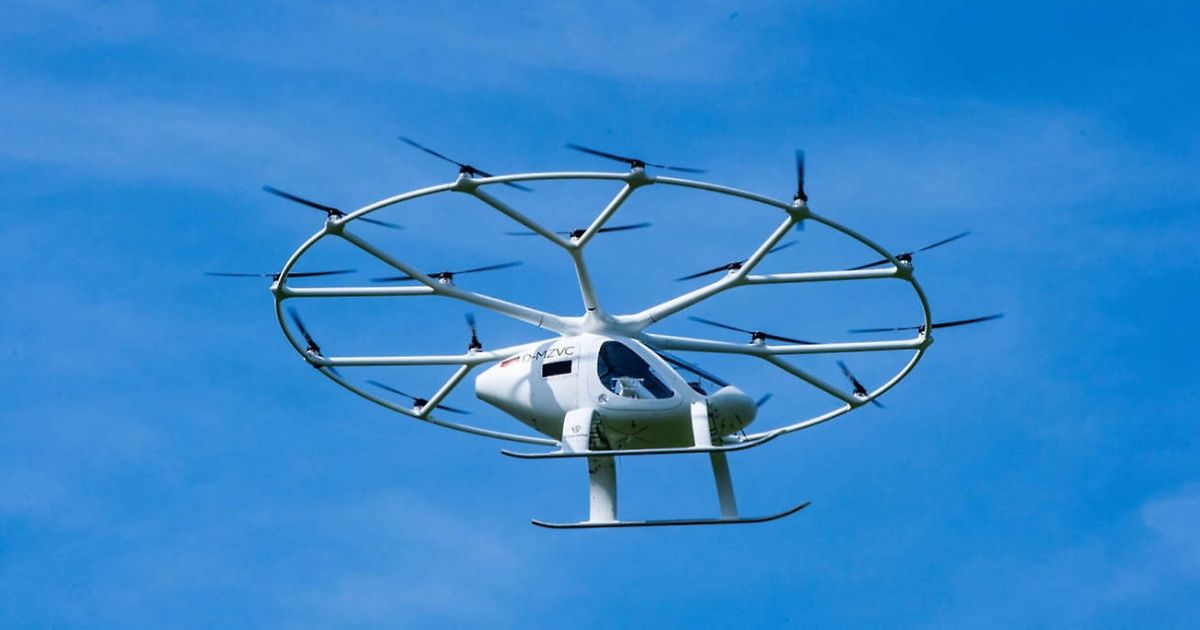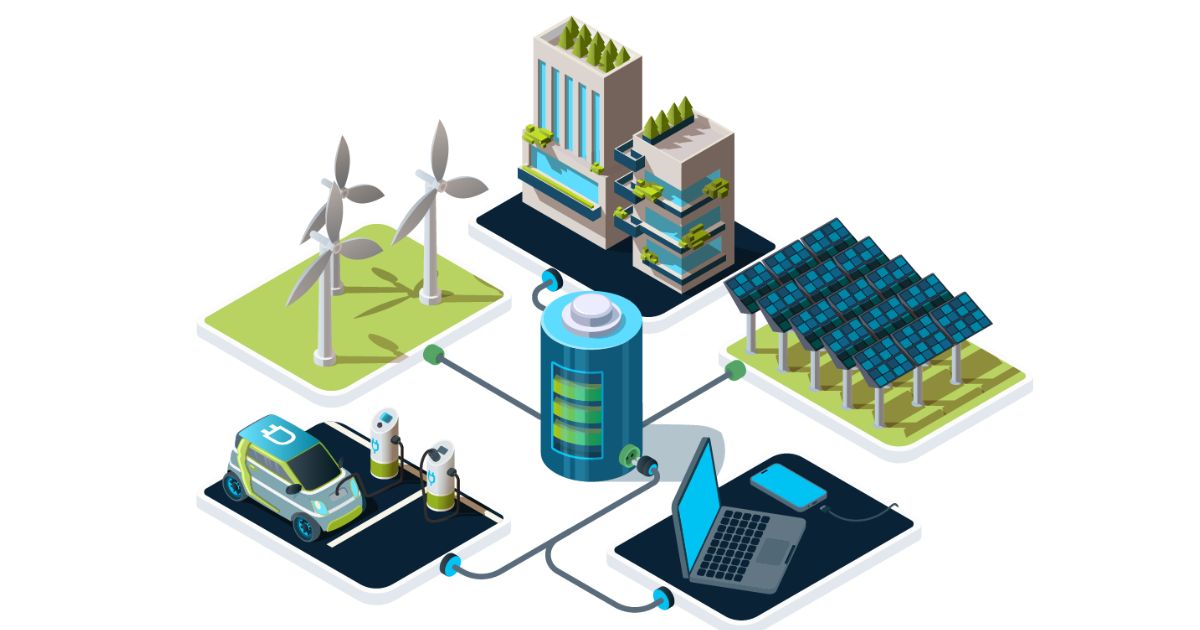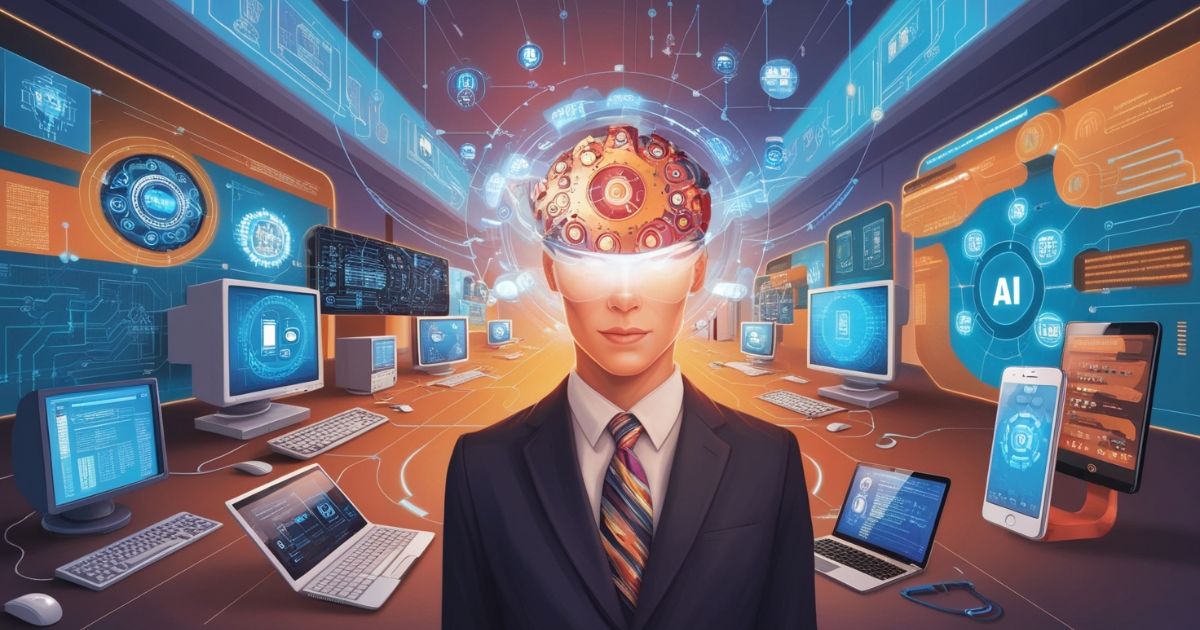In the blink of an eye, technology has transformed our world. From the clunky computers of yesteryear to the sleek smartphones in our pockets, we’ve witnessed a digital revolution that’s reshaped every facet of our lives. NNRM28 is one such breakthrough that has caught the attention of both experts and IT enthusiasts.
This comprehensive guide will take you on a journey through the fascinating evolution of modern technology, exploring how innovations in AI, machine learning, and data processing have propelled us into a future once confined to the realm of science fiction.
Dawn of the Digital Age
The Birth of Computing
The story of modern computing begins in the 1940s with behemoths like ENIAC (Electronic Numerical Integrator and Computer). These early machines, filling entire rooms, laid the groundwork for the computing systems we rely on today.
From Vacuum Tubes to Transistors
The shift from vacuum tubes to transistors in the 1950s marked a pivotal moment in tech history. This transition drastically reduced the size and power consumption of computers, paving the way for more compact and efficient devices.
“The transistor was probably the most important invention of the 20th Century.” – Jack Kilby, Nobel Prize winner in Physics
Moore’s Law and Exponential Growth
Gordon Moore’s 1965 prediction that the number of transistors on a microchip would double every two years while costs halved has held remarkably true. This principle, known as Moore’s Law, has driven the rapid advancement of computing systems and data processing capabilities.
The Personal Computer Revolution
Pioneers: Apple, IBM, and Microsoft
The 1970s and 80s saw the birth of personal computing, with companies like Apple, IBM, and Microsoft leading the charge. These tech giants brought computers out of research labs and into our homes and offices.
Graphical User Interfaces: A Game-Changer
The introduction of graphical user interfaces (GUIs) revolutionized how we interact with computers. Apple’s Macintosh, launched in 1984, popularized the use of icons and mouse-driven navigation, making computers accessible to the masses.
The Internet: Connecting the World
The advent of the internet in the 1990s connected computers globally, ushering in an era of unprecedented information sharing and communication. This laid the foundation for many of the advanced technologies we use today.
Mobile Technology Takes Flight

Cell Phones: From Bricks to Smartphones
The evolution of mobile phones has been nothing short of extraordinary. From the bulky “brick” phones of the 1980s to today’s powerful smartphones, these devices have become our constant companions.
The App Ecosystem
The launch of app stores by Apple and Google created a new digital marketplace. This ecosystem has given rise to millions of applications, transforming how we work, play, and interact.
Wearable Tech: Bringing Gadgets Closer
Smartwatches, fitness trackers, and augmented reality glasses are bringing technology even closer to our bodies. These devices are opening up new frontiers in health monitoring, navigation, and personal productivity.
Keep reading: Counter-Strike 1.6 (2003) Game Icons Banners
The Internet of Things (IoT)
Smart Homes and Cities
IoT technology is making our environments more intelligent and responsive. From smart thermostats to city-wide sensor networks, the IoT is optimizing energy use and improving urban living.
Industrial IoT: Transforming Manufacturing
In factories and warehouses, IoT devices are revolutionizing production processes. Supply chain management and shipping efficiency have seen significant improvements through real-time tracking and predictive maintenance.
Privacy Concerns in a Connected World
As our devices become more interconnected, questions of data privacy and security loom large. Balancing the benefits of IoT with the need for personal privacy remains a critical challenge.
Artificial Intelligence and Machine Learning
Neural Networks and Deep Learning
Artificial Neural Networks (ANNs) have become the backbone of modern AI systems. These machine learning models mimic the human brain’s structure, enabling computers to learn and adapt from vast amounts of data.
AI in Everyday Life: From Siri to Self-Driving Cars
AI has seamlessly integrated into our daily routines. Virtual assistants like Siri and Alexa leverage natural language processing, while self-driving cars use computer vision and AI in transportation to navigate our roads safely.
Ethical Considerations and the Future of Work
As AI systems become more sophisticated, we must grapple with their moral implications. Questions of AI ethics, job displacement, and the role of humans in an AI-driven world require careful consideration.
Cloud Computing and Big Data
The Shift from Local to Cloud Storage
Cloud computing has transformed how we store and access data. This shift has made vast computing resources available on-demand, enabling businesses and individuals to scale their operations like never before.
Big Data Analytics: Turning Information into Insight
The explosion of digital data has given rise to powerful big data analytics tools. These technologies enable businesses to gain unprecedented insights from vast datasets, driving predictive analytics and informed decision-making.
Edge Computing: Bringing Processing Closer to the Source
As IoT devices proliferate, edge computing is emerging as a solution to reduce latency and bandwidth usage. By processing data closer to its source, edge computing is enabling faster, more efficient data analysis.
Cybersecurity in the Digital Age
The Evolution of Threats
As our reliance on digital systems grows, so too does the sophistication of cyber threats. From simple viruses to complex state-sponsored attacks, the cybersecurity landscape is constantly evolving.
Blockchain and Decentralized Security
Blockchain technology offers a new paradigm for secure, transparent transactions. Its potential extends beyond cryptocurrencies, with applications in supply chain management, voting systems, and more.
The Arms Race Between Hackers and Defenders
Cybersecurity has become an ongoing battle between attackers and defenders. AI systems are being deployed on both sides, with machine learning models detecting threats and AI-powered attacks probing for vulnerabilities.
Quantum Computing: The Next Frontier
Understanding Quantum Bits and Superposition
Quantum computing leverages the principles of quantum mechanics to process information in ways classical computers cannot. This technology promises to revolutionize fields like cryptography and drug discovery.
Potential Applications: From Cryptography to Drug Discovery
The potential applications of quantum computing are vast. From breaking current encryption methods to simulating complex molecular interactions for drug discovery, quantum computers could unlock solutions to some of our most challenging problems.
Challenges and Current State of Development
Despite its promise, quantum computing faces significant technical hurdles. Maintaining quantum states, scaling up systems, and developing quantum-resistant encryption are all active areas of research.
Augmented and Virtual Reality
The Rise of Immersive Experiences
AR and VR technologies are creating new ways to interact with digital content. From gaming to professional training, these immersive technologies are blurring the lines between the physical and digital worlds.
Applications Beyond Gaming: Education, Healthcare, and Design
While gaming has driven much of AR and VR’s development, these technologies are finding applications in diverse fields. In education, students can take virtual field trips; in healthcare, surgeons can practice complex procedures in VR; and in design, architects can walk clients through virtual buildings before construction begins.
The Metaverse: A New Digital Frontier?
The concept of the metaverse – a shared, persistent virtual world – is gaining traction. This could represent the next evolution of the internet, offering new opportunities for social interaction, commerce, and creativity.
Sustainable Tech: Balancing Progress and Planet

Green Energy in Tech: Solar, Wind, and Beyond
The tech industry is increasingly turning to renewable energy sources to power its operations. From solar-powered data centers to wind farms running cloud services, sustainable energy is becoming a priority.
E-Waste Management and Circular Economy in Tech
As device lifecycles shorten, e-waste has become a pressing environmental concern. The tech industry is exploring circular economy principles, designing products for longer life, easier repair, and more efficient recycling.
Tech Solutions for Environmental Challenges
Technology is also being leveraged to address environmental issues. From AI-powered climate models to IoT sensors monitoring air and water quality, tech innovations are crucial in our fight against climate change.
The Future of Modern Technology
Emerging Trends: Neuromorphic Computing, 6G, and More
The pace of technological innovation shows no signs of slowing. Neuromorphic computing, which aims to mimic the human brain’s architecture more closely, and 6G networks promising even faster, more reliable connectivity, are just on the horizon.
Ethical Considerations and Responsible Innovation
As technology becomes more powerful and pervasive, the need for ethical guidelines and responsible innovation becomes paramount. Issues of privacy, bias in AI systems, and the societal impacts of automation require ongoing dialogue and thoughtful policy-making.
The Human Factor: Adapting to Rapid Technological Change
Perhaps the greatest challenge in our tech-driven future is ensuring that humans can keep pace with technological change. Digital literacy, lifelong learning, and adaptability will be key skills in navigating our rapidly evolving technological landscape.
Conclusion: Navigating the Tech-Driven Future
The evolution of modern technology has been a journey of constant innovation and disruption. From the birth of computing to the dawn of quantum systems, each technological leap has brought new possibilities and challenges. As we stand on the brink of even more revolutionary advancements, it’s clear that our relationship with technology will continue to deepen and evolve.
The key to thriving in this tech-driven future lies in our ability to harness these innovative systems responsibly and ethically. By embracing change while preserving our human values, we can ensure that technology remains a force for positive transformation in our world.
As we move forward, let’s remember that technology is a tool – a powerful one, but a tool nonetheless. It’s up to us to wield it wisely, using our creativity, empathy, and wisdom to shape a future where technology enhances rather than diminishes our humanity.
FAQ’s
What factors does Gladwell say are important in achieving success?
In his book “Outliers,” Malcolm Gladwell highlights several key factors for achieving success:
- Opportunity: Being in the right place at the right time
- 10,000-hour rule: Dedicated practice to master a skill
- Cultural legacy: The impact of one’s background and upbringing
- Practical intelligence: Street smarts and social skills
- Timing: Being born in a particular year or era
- Meaningful work: Finding purpose and autonomy in one’s career
- Community support: Having a network that nurtures talent
Gladwell argues that success isn’t just about individual merit, but also about the circumstances and opportunities that shape our lives.
Why is reading the key to success?
Reading is often considered a key to success for several compelling reasons:
- Knowledge acquisition: Books provide access to vast amounts of information and ideas
- Cognitive development: Reading improves critical thinking and analytical skills
- Empathy enhancement: Stories help us understand different perspectives
- Vocabulary expansion: Exposure to new words improves communication skills
- Stress reduction: Reading can be a form of relaxation and mental escape
- Improved focus: Regular reading enhances concentration and attention span
- Creativity boost: Books stimulate imagination and innovative thinking
- Career advancement: Many successful people attribute their growth to reading habits
By fostering these skills and benefits, reading can significantly contribute to personal and professional success.
Which is the best book to read for success?
While there’s no single “best” book for success, as different readers may benefit from various perspectives, here are some highly regarded options:
- “Think and Grow Rich” by Napoleon Hill
- “The 7 Habits of Highly Effective People” by Stephen Covey
- “How to Win Friends and Influence People” by Dale Carnegie
- “Mindset: The New Psychology of Success” by Carol S. Dweck
- “Atomic Habits” by James Clear
Each of these books offers unique insights into personal development, goal-setting, and achieving success. The “best” book often depends on your specific needs, interests, and current stage in life.
What is the best self-help book of all time?
Determining the “best” self-help book of all time is subjective, as different books resonate with different readers. However, some perennial favorites that have stood the test of time include:
- “The Power of Positive Thinking” by Norman Vincent Peale
- “Man’s Search for Meaning” by Viktor E. Frankl
- “The Alchemist” by Paulo Coelho
- “The Road Less Traveled” by M. Scott Peck
- “You Can Heal Your Life” by Louise Hay
These books have influenced millions of readers worldwide, offering profound insights into personal growth, resilience, and finding meaning in life. The “best” book for you will depend on your personal goals, challenges, and what resonates with your worldview.

Jordan Lee, a tech enthusiast and the founder of Innovate Tech Solutions, brings a wealth of knowledge to the tech industry. With a strong background in software development and digital marketing, Jordan crafts solutions that drive innovation. His passion for technology fuels his commitment to helping businesses thrive in the digital landscape.
